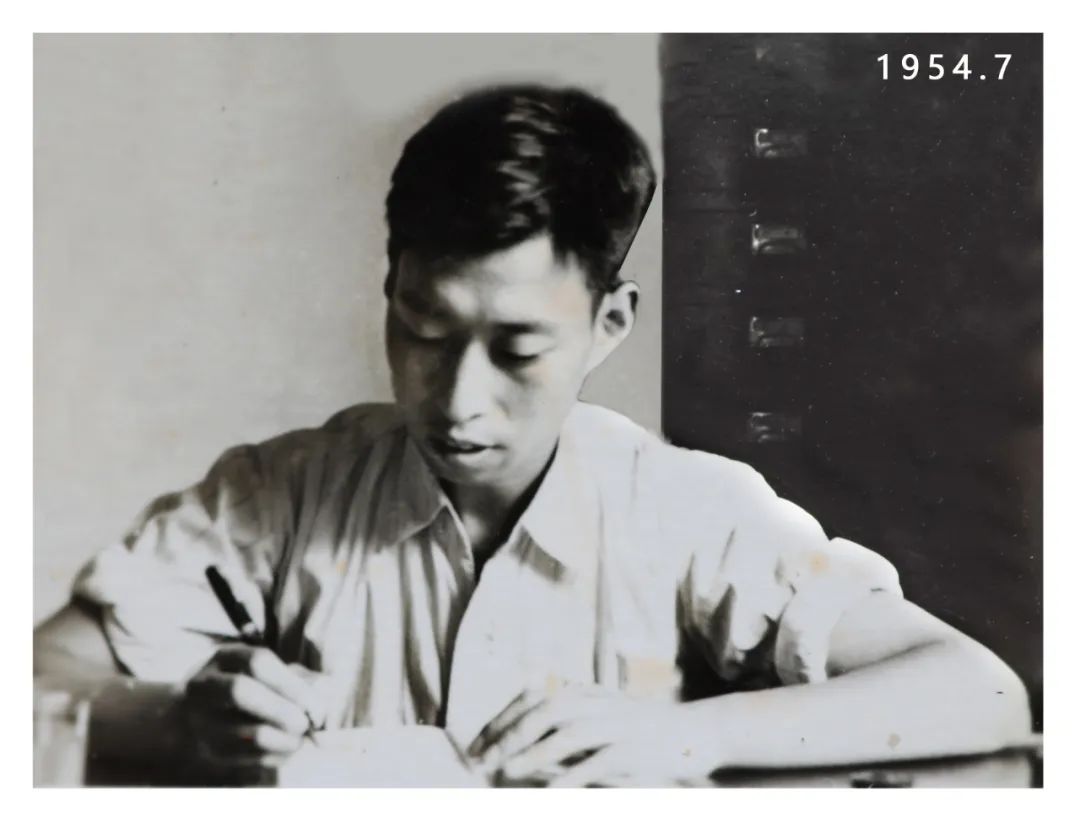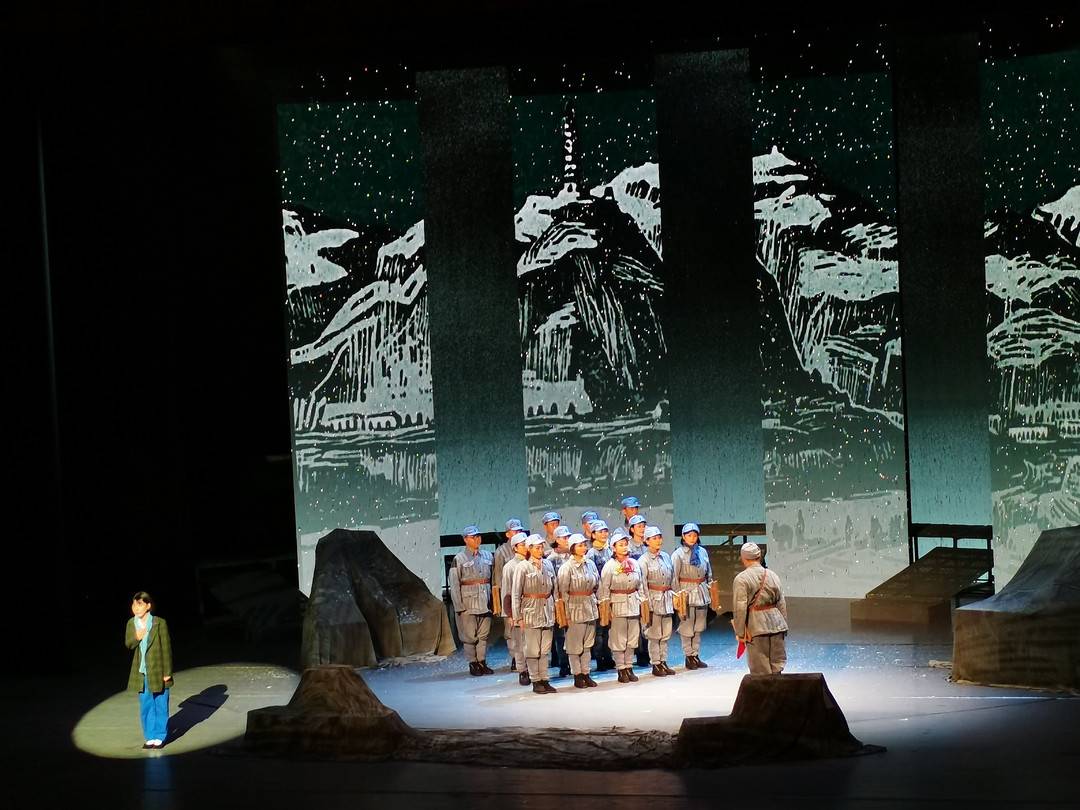Non -herediters reproduce "paper kite sounds in the air"
Author:Jiangnan Times Time:2022.07.21
When it comes to kite, many people will think of Weifang. In fact, "Jinling Paper Kite" is also famous in history.
"Cao Xueqin's" A Dream of Red Mansions "is unknown, but few people know that Cao Xueqin also has this" South -north and North Kite Examinations ", which records the kite's practices, styles, and kite skills in detail. Our kite production skills now It is derived from this book. "Dai Yulan, the inheritor of Nanjing Kite -level city -level in the old age, told reporters.

Focus on the original mini kite
The delicate and cute dragonfly butterflies, the lifelike Phnom Penh Sandy ... Entering the second floor of the Qinhuai · Non -Heritage Hall in Nanjing, you can see the Nanjing kite booth on one side. A variety of kites hung on the wall, attracting the admiration of the surrounding tourists.
Dai Yulan's craftsmanship from his wife Cao Zhenrong. Cao Zhenrong, known as "Jinling Kite King", has made a lifetime lantern and kite. After the two got married, Dai Yulan learned kite production skills under the guidance of Cao Zhenrong. It is precisely because of this craft that Dai Yulan, after laid off in the 1980s, did not feel lost. Instead, he used all his minds to make kite production and officially became a craftsman.
"This is Shayan micro kites, which is the original of our family." Dai Yulan said. The reporter saw that there were several "little swallows" hanging on the wall with different patterns and similar sizes. They were colorful and exquisitely made, only the size of the slap. Dai Yulan introduced that kites are divided into three types: hard wings, soft wings and three -dimensional kites. Micro kites are developed by their own. The smallest kite is only six centimeters long and width. "But don't underestimate this little kite. It is the most expensive to do it. Sometimes I can't do two in a month."

The process of manual tie system is complicated
Nanjing kite production skills are complicated. In summary, there are four aspects of "tie, paste, painting, and putting": tie, that is, the skeleton of making the kite; paste, paste, through the selection, tailoring, paste, side, school and other processes will be Masked on the skeleton; paint, that is, painting, including color, bottom, drawing, dyeing, repairing and other processes, the patterns drawn are mainly divided into four categories: realism, freehand, meaning, and theme. Wind, line, putting, adjusting, collecting and other procedures. "There are dozens of small processes in each process, and each link of the production is also related to each other, so it is not easy to make a paper kite." Dai Yulan said.
The tender bamboo cannot be tied up, and only three years old bamboo is easy to use. The mystery in the middle is that the bamboo has been left for three years, and the water is almost dry. As long as the kite made is not artificially damaged, it will not be deformed for a few years, and it can also fly. "But if you do it with tender bamboo and run away, it will deform. This is also the place where the Nanjing kite is rolled delicate." Dai Yulan said, gently playing the kite in his hand.
This also made the reporter notice that she was slightly rough. She smiled and said: "It's because they are all kite." For example, in the process of making a kite skeleton, the old bamboo with long bamboo and thick bamboo meat is needed, but the bamboo is so hard, the woman splits too hard, and can only " Tudes. "I'm so good like this. You see my husband Cao Zhenrong, and even the fingerprints are smoothed."

Centennial craftsmanship inheritance non -heritage culture
In 2014, Nanjing Kite was selected as a list of representative work of the Nanjing Intangible Cultural Heritage. The Dai Yulan family also took on the task of inheriting the Nanjing kite.
"We often go to the major, middle schools and elementary schools in Nanjing now to tell the children's kite culture." Dai Yulan told reporters that in recent years, my country has continuously improved the importance of traditional folk craftsmanship, especially the inheritance of intangible cultural heritage. Pay attention, so she and her family actively go to various universities in Nanjing for teaching, so that young people can expose traditional handicraft skills and stimulate their innovative vitality. "Now the two primary schools in Tiexin Bridge and Test Sheds also set up kite lessons fixed every week, which is very popular with students."
The non -heritage is the "root and soul" of Chinese civilization, which carries the common memory of the Chinese nation. As a non -genetic inheritor, the Dai Yulan family also used actions to prove the adherence to the "non -heritage everyone": Cao Zhenrong inherited the Cao's centennial traditional craftsmanship, carrying forward the Qinhuai color lamp and Nanjing kite skills. After Dai Yulan got married, he began to learn paper tie skills and focused on kite production. The daughter of the two has learned to make lanterns since the age of 5. She has now become a representative inheritor of Qinhuai Lantern in Jiangsu Province, and has also achieved high accomplishments in kite color. Today, the 7 -year -old granddaughter has also inherited kite production skills and can make some simple small objects. Paper has become the "blood" of their family and has been passed down from generation to generation.
(Reporter Yin Dandan)
- END -
Public | "Suzhou Board" -The universal craftsman Xu Peizheng

Suzhou Video was a small part of old photos that I was lucky to be saved when I se...
Move the party history to the stage red theme drama "The Last Rescue" tour in Guangyuan, Sichuan

Li Kang Cover Journalist Liu YanguPeople who remember to die, and the living peopl...